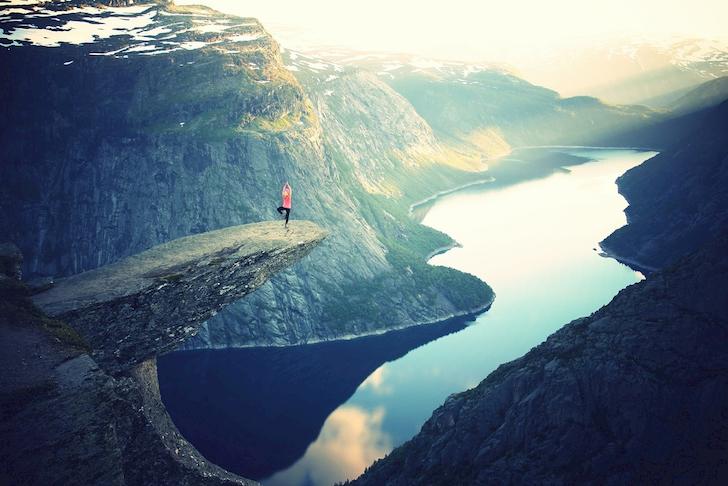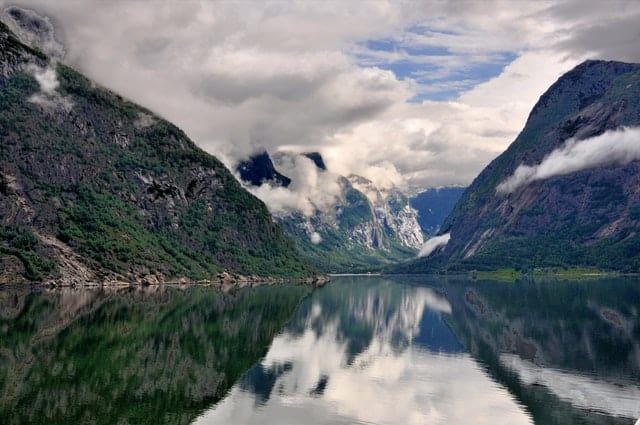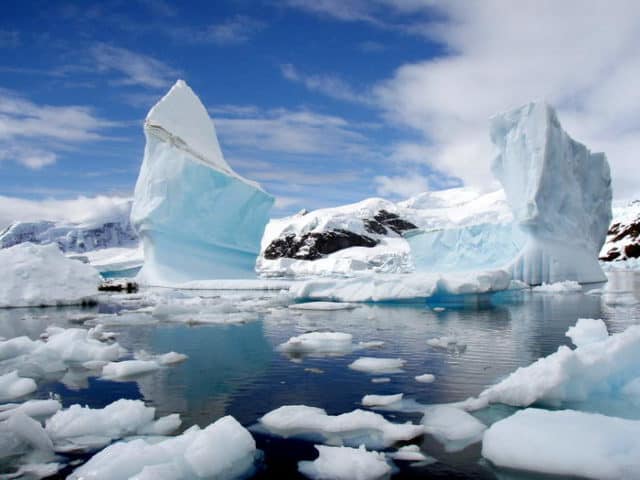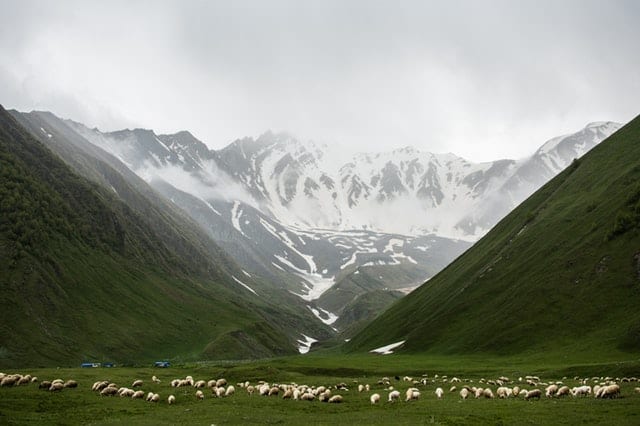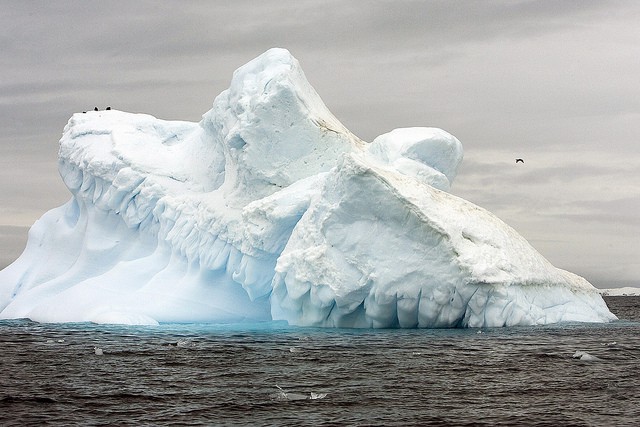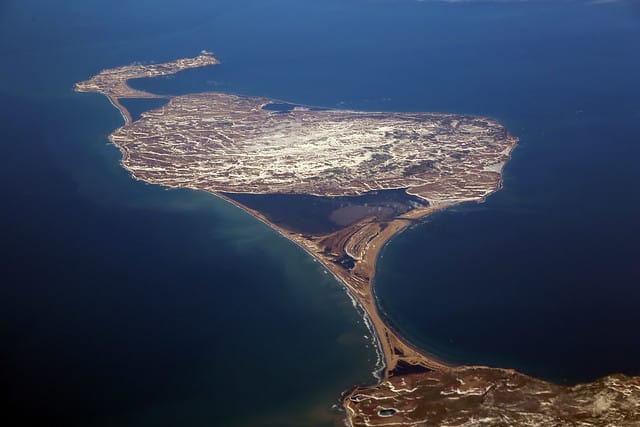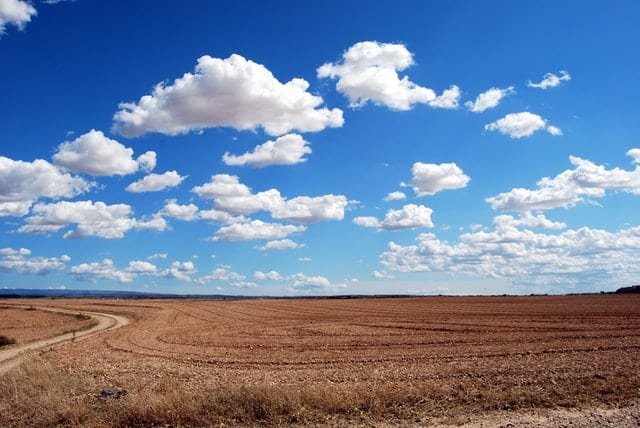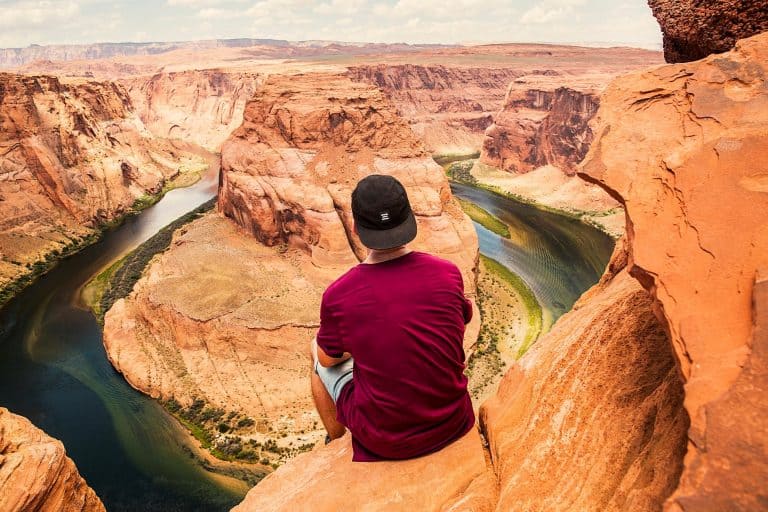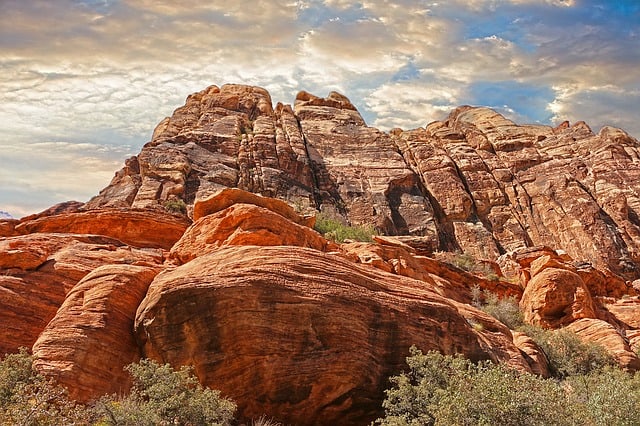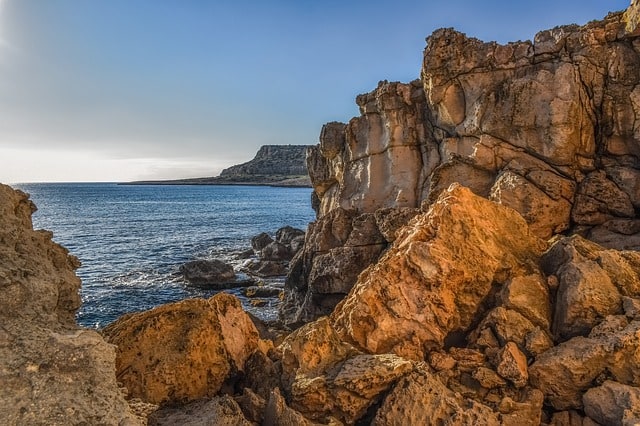What is a Cliff? How are Cliffs Formed and 20 Magnificent Facts About the Cliffs
We have many times seen pictures of a huge mass of rock standing almost vertically along the ocean or riverbanks. These are nothing but cliffs, which are a common form of landscape. Cliffs are erosional landforms that usually exist in the form of vertical or nearly vertical rock exposures. A cliff is a high steep…

